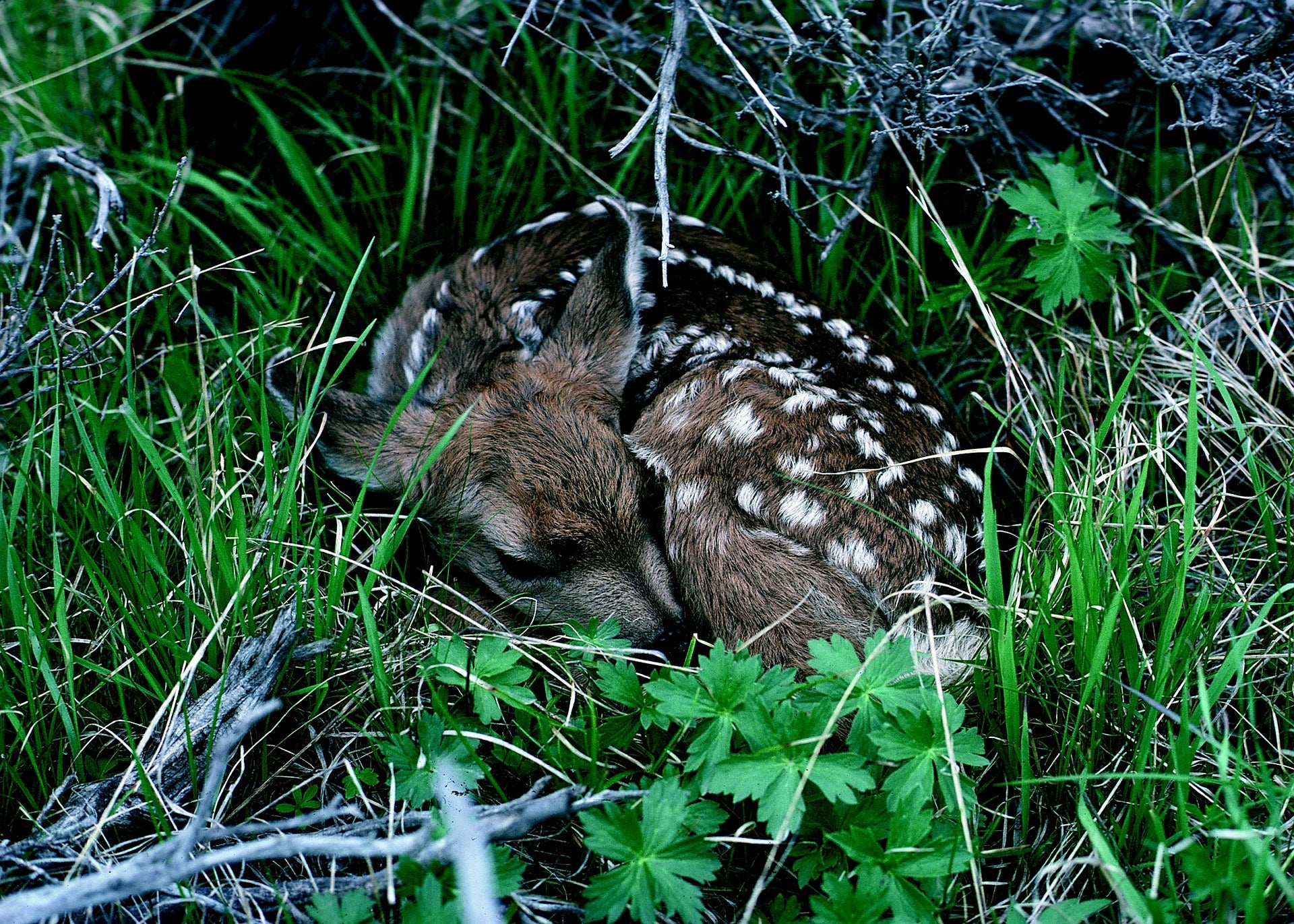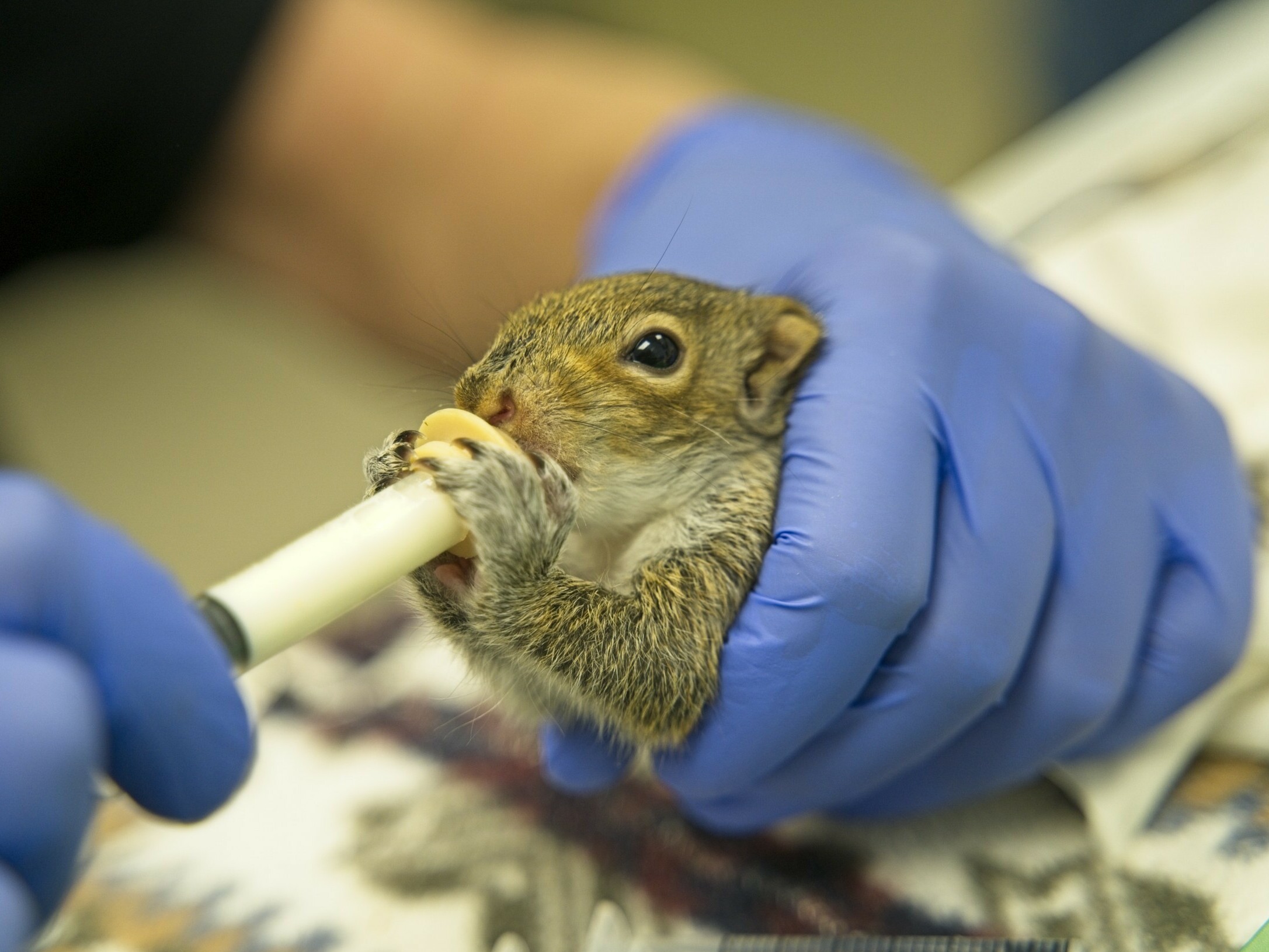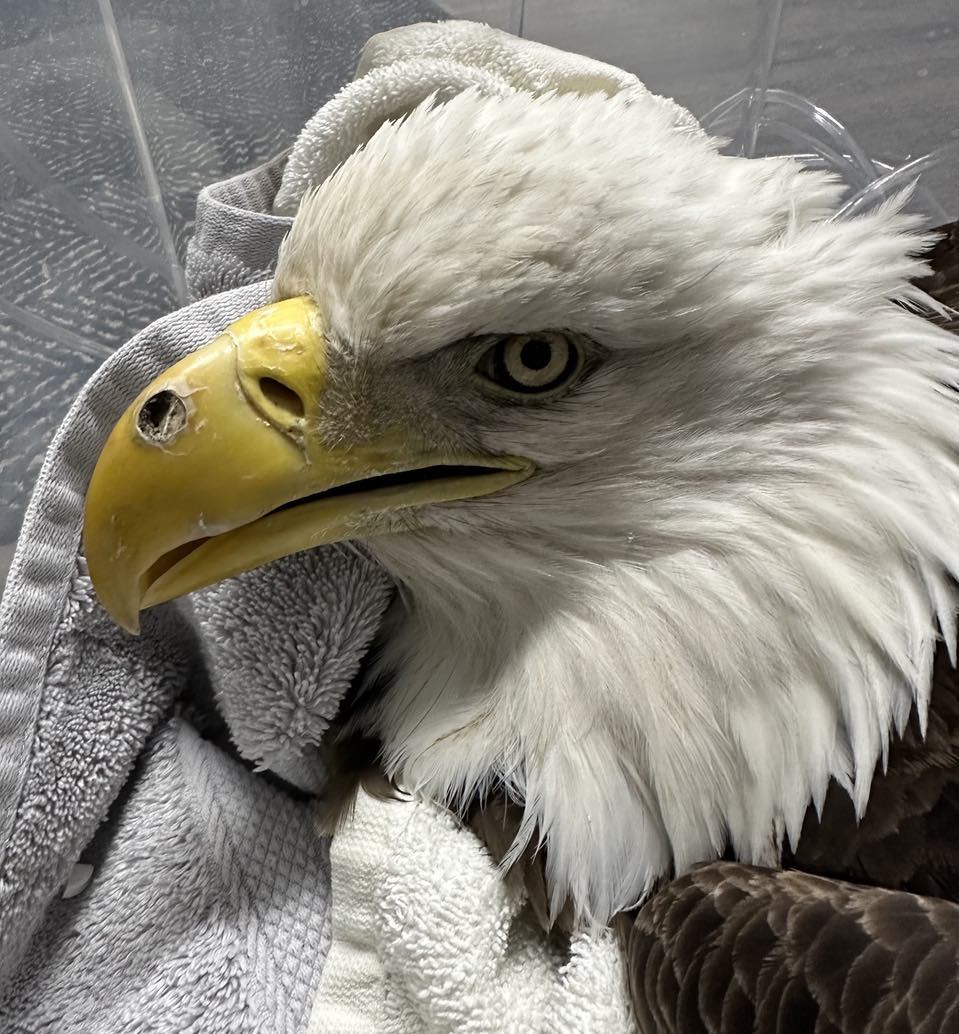Have you ever had a chance encounter with wildlife? Do you know what to do if you do? Our wildlife experts are back to talk about how to handle a close encounter of the wild kind. We also hear about the Wisconsin bird-a-thon, ruffed grouse and white-nose syndrome.
Featured in this Show
-
How To Handle Close Encounters With Wildlife
Keep Wildlife Wild is a partnership between Wisconsin Department of Natural Resources wildlife rehabilitators across Wisconsin and the University of Wisconsin-Madison that aims to educate the public on when to intervene with young, injured or orphaned wildlife, and when it’s better to stay on the sidelines.
That knowledge is especially relevant this time of year, because there many baby animals around.
“(Often) when we think they need help, they really don’t. Everything they’re doing is completely normal. They just take care of their young a little different than we do,” said Jamie Nack, wildlife outreach specialist, in the UW-Madison Department of Forest and Wildlife Ecology.
Nack and David Drake, professor of forest and wildlife ecology at UW-Madison and a UW-Extension wildlife specialist, have some pointers on how to deal with wildlife encounters.
Hiking
When hiking, especially when hiking alone, people enjoy the chance to observe nature up close. When doing so, it’s best to make your presence known so you don’t startle wildlife, not doing so could put you in danger, particularly at this time of year when mothers are still caring for their young.
“We want to see nature close up, so we tend to be quiet when we’re out there. But at this time of the year, if you’re in bear country or it’s thick cover, it would be important to hoot and holler every now and then, or whistle your favorite song, and just not sneak up on them,” Nack said.
Feeding Wild Animals
Don’t do it. The one exception to this rule is backyard bird feeders because they’re ubiquitous and generally harmless, Drake said.
“For one thing, they don’t need your help. It might be illegal depending on what the species is,” Drake said. “For example, down here in the southern part of the state, and other parts of the state where chronic waste and disease has been discovered, it’s illegal to feed or bait deer so that you don’t spread that disease.”
Feeding animals can also concentrate larger numbers of animals in smaller areas than would otherwise be, which can also contribute to the spread of disease, Drake said. Also, animals in your yard can end up in your neighbor’s. Animals that become habituated to humans can become dangerously aggressive when humans stop feeding them or refuse to feed them.
Baby Birds And Nesting Moms
If a baby bird appears to have fallen from its nest, should you put it back? That depends, but the answer is generally no, Nack said.
The birds could just be fledglings — that’s the stage where they’ve just left the nest, but aren’t totally able to fend for themselves or fly. Often, young birds will leave the nest and stay on the ground for a few days until they’re able to fly and fend for themselves. During this period, adult birds will continue to feed the young fledgling.
Stand back and observe to see if adult birds are still around. If not, contact the DNR.
What if a bird’s taken up residence on or very close to your house? On a lighting fixture? On an outdoor potted plant? Most bird species are federally protected, and that includes their eggs. It’s OK to move the nest if there are no eggs in it, but it’s against the law to remove it if there are one or more eggs in it, Nack said.
“We encourage people to enjoy being able to watch the progress of that nest. Know that it takes about 10 days of incubation, and another 10 or 12 before they’ll fledge,” Nack said.
Animals On The Roadway
You may see a turtle on the side of the road and wonder if it needs some help getting to its destination, especially if it’s a busy roadway.
Absolutely help turtles cross the road as long as you’re able to park your car and cross the road safely. If it’s a highway or very busy roadway, don’t put yourself in danger, Nack said.
If you do decide to help a turtle cross the road, there are a few things to keep in mind. For snapping turtles, it’s best to use a stick, shovel or other tool to scoot the turtle along, because they have long necks and are likely to bite you if you pick them up, Nack said. It is OK to pick up other turtles by the shell, though. And don’t turn them around — they know where they’re going, Nack said.
When it comes to hitting animals, especially deer, there’s not much you can do other than remain vigilant, Drake said.
Deer in particular have been more of a problem in recent years. There have been swelling deer populations due to increased urbanization.
Deer are an “edge-loving” species that thrive on the edges of prairies, forests, urban landscapes, shrubs, grass, and more, Drake said. Also, people don’t hunt as much as they did before, Drake said.
Is there anything you can do to avoid hitting deer?
Deer whistles don’t work and aren’t backed up by research, so don’t bother with those, Nack and Drake said.
What you can do is be more vigilant at dawn and dusk. Deer are crepuscular animals, meaning they’re more active at these times of the day.
Episode Credits
- Larry Meiller Host
- Jill Nadeau Producer
- David Drake Guest
- Jamie Nack Guest
Wisconsin Public Radio, © Copyright 2024, Board of Regents of the University of Wisconsin System and Wisconsin Educational Communications Board.




